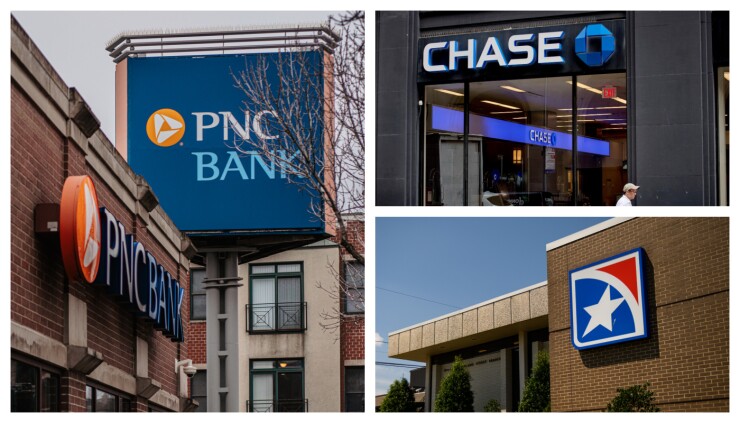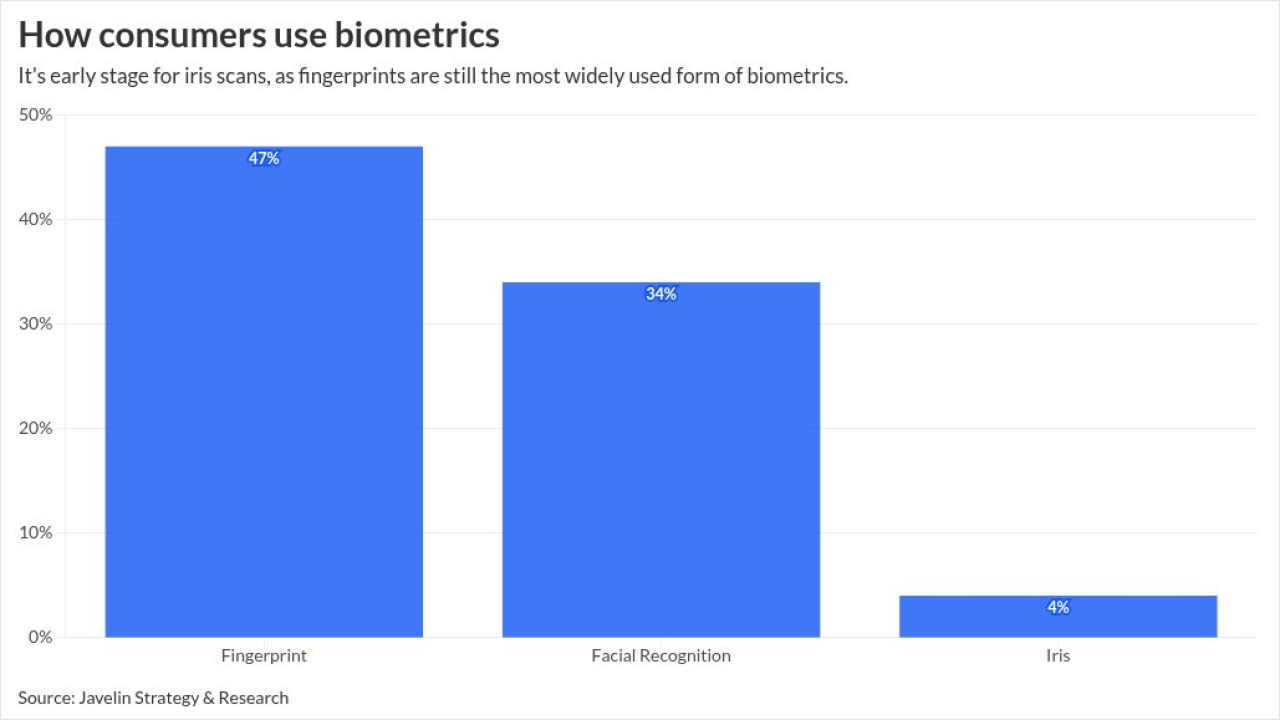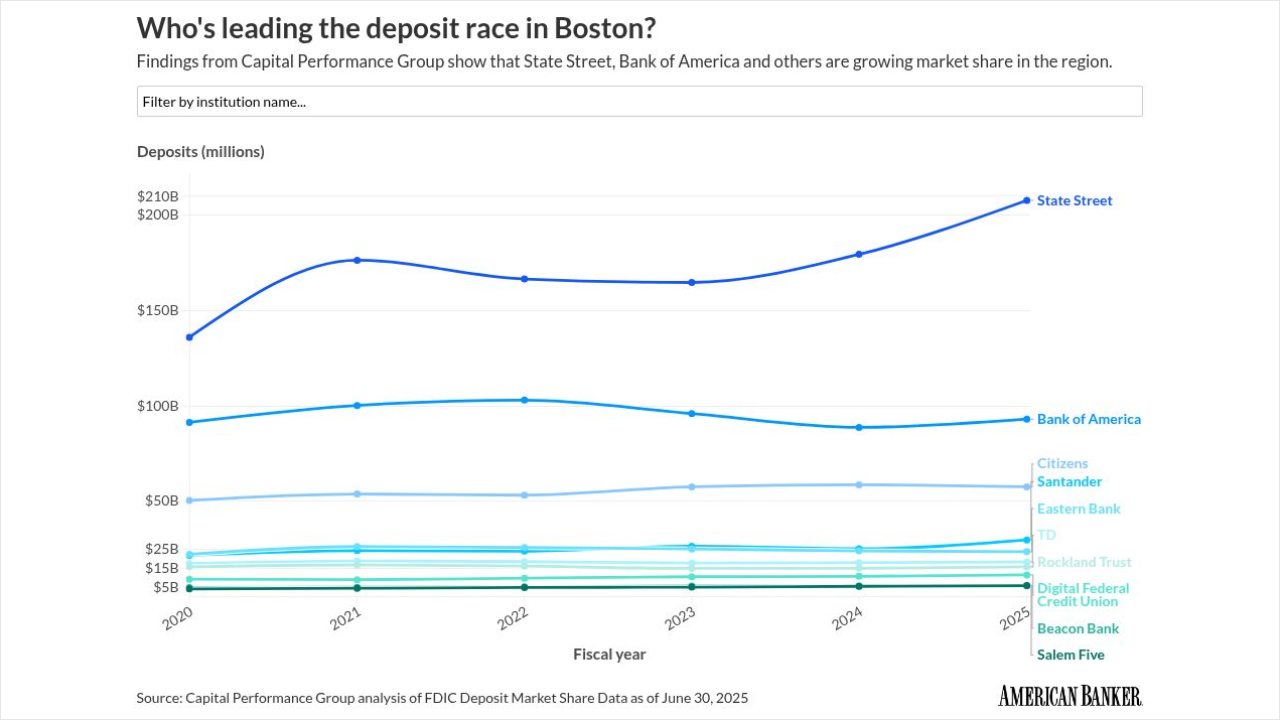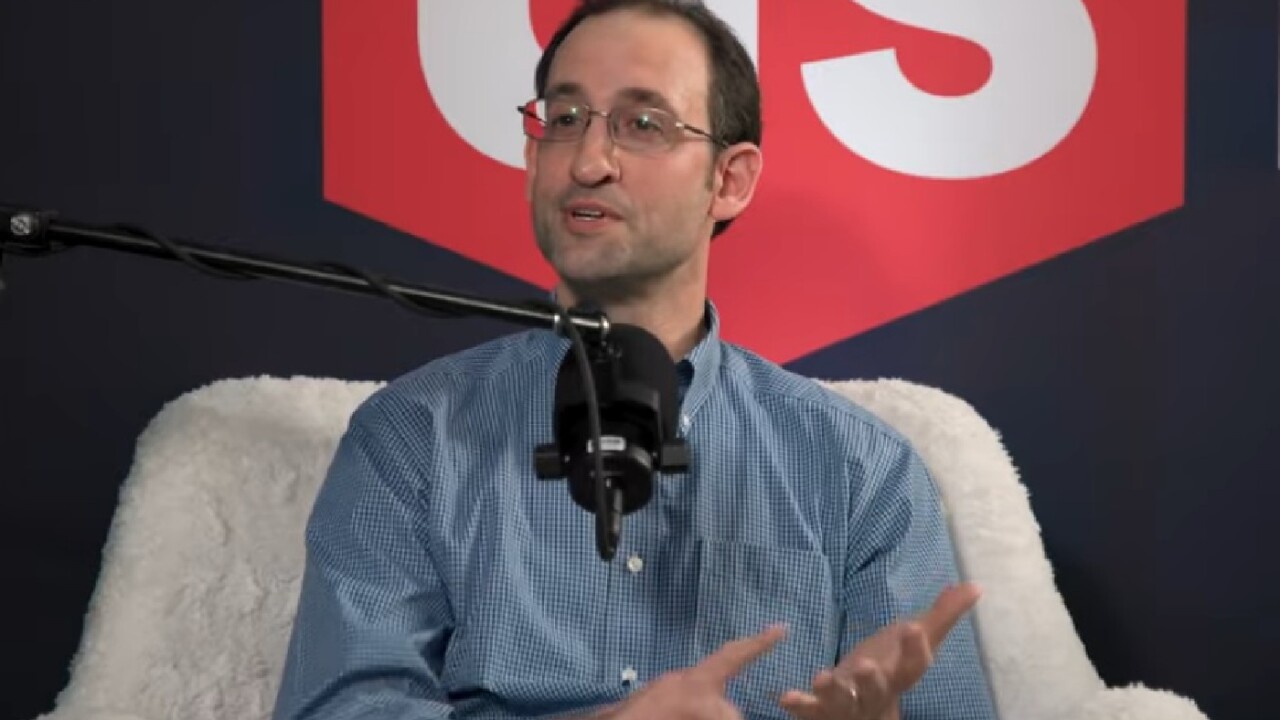
After months of optimistic talk about strong loan pipelines, some banks have started to reap the benefits. Loan growth picked up during the second quarter at several banks that reported their earnings this week.
But the pattern is uneven across the large banks that have reported their earnings so far, with some lenders continuing to show sluggish conditions. And as the past year has proven, rapid shifts in policies and the economic environment can make it difficult for banks to commit to long-term expectations.
PNC Chairman and CEO Bill Demchak said Wednesday that as an industry, banks have "been terrible at predicting" where loan growth will go.
"But as I've said before, if there is loan growth in the industry, we will participate in it, and likely do better, just given our efforts in the newer markets," Demchak said. "The momentum is really good at the moment. But as we've seen, that can be disrupted pretty easily by the political environment and tariffs."
At PNC, borrowing rose 2% from the previous quarter, driven by a 4% climb in commercial and industrial loans, made up of both new production and higher utilization rates. Some of that boost was offset by commercial real estate lending, which declined 4% last quarter, as the bank has been reducing its
Loan growth across the banking industry has been
Early in 2025, there was hope that the new administration would give commercial clients the confidence to start borrowing again, but President Donald Trump's tariff policies put strategic
Now, though, some commercial borrowers have begun preparing for the impact of tariffs by utilizing their lines of credit with banks.
Across the industry,
Laurent Birade, the banking industry practice lead at Moody's, said in a prepared statement that loan growth momentum is "the true inflection point for super regionals."
"As interest rates start to gradually decline, demand for mortgages, consumer credit, and business loans is picking up, and the onset of the repricing of their fixed-rate assets will provide a structural tailwind to net interest income," Birade said.
Read more about banks' second-quarter earnings here:
A lot of the loans that PNC logged in the second quarter came from old-fashioned organic growth, the $559 billion-asset bank said. PNC has been working for years to achieve greater scale — entering new markets, growing in areas that it entered with its 2021 acquisition of BBVA USA and investing $1.5 billion into new branches and renovations.
At First Horizon Corp. in Memphis, Tennessee,
He added that the optimism level among customers varies, but the $82.1 billion-asset First Horizon expects to see improvement in the back half of the year, especially "as some of these tariff questions get further settled."
The rosier outlook on loan demand isn't universal across banks.
At M&T Bank in Buffalo, New York, net interest income guidance for the year
In part, the bank's performance has been dragged down by its commitment to whittling down its commercial real estate exposure. M&T's CRE portfolio shrank by 4% quarterly, and is down 19% from a year ago.
Despite a boom in consumer loans, boosted by auto, RV and marine loans, the company's average loans were flat from the previous quarter, and up a modest 1% from the prior year.
Once customers are ready to invest with more certainty, the $210 billion-asset bank could move fast to execute on that activity, said Chief Financial Officer Daryl Bible.
Some megabanks are also logging slower-than-expected loan growth.
Wells Fargo, which recently got the green light to grow past its previous asset cap of $1.95 trillion, said this week that it's hoping its
"We're starting to see some loan growth," said CEO Charlie Scharf. "Yes, the loan growth hasn't turned out this year to be as much as we otherwise would have hoped when we first set our targets, or guidance. But overall, where we sit today and the types of things that we're seeing is certainly marginally better."
Still, the largest U.S. banks appear to be better positioned than the regionals. Among big banks, total loans have grown by 3.8% from last June, while smaller institutions have seen a 3.3% increase over the same time period, according to Fed data. The large banks generally can flex their diversified streams of revenue, including fee income businesses, to buoy slower lines of business.
At Bank of America and JPMorganChase, loan growth is arriving at a healthy clip. Bank of America Chief Financial Officer Alastair Borthwick said Tuesday that organic growth has driven lending, which grew across every business segment on both a quarterly and yearly basis.
JPMorgan
Jeremy Barnum, chief financial officer at America's biggest bank, said that JPMorgan saw a rise in deal activity and demand for initial public offerings in the later part of the quarter. Those sources of fee income were bolstered by the same improvements in customer sentiment that boosted loan growth.
"After the initial shock of tariff policy changes, everyone kind of went on hold," Barnum said. "But as we've noted in our comments a few times today, at a certain moment, you just have to move on with life. And it does feel like some of that is happening just because you can't delay forever."





